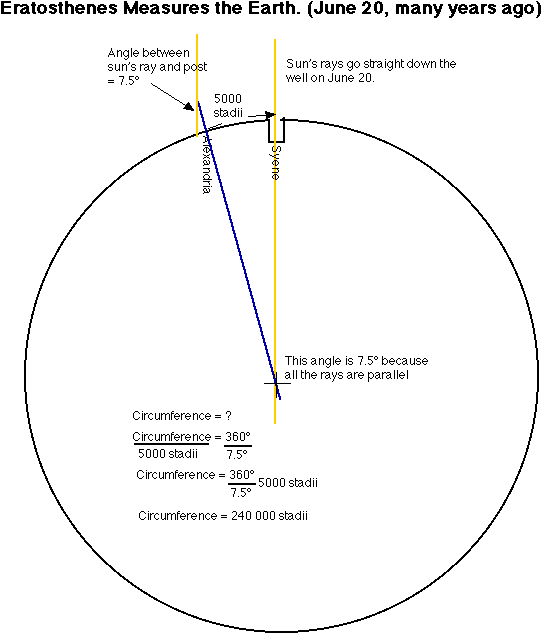I have just started using the lessons from Building Foundations of Scientific Understanding (BFSU) by Bernard J. Nebal.
My boys had fun rushing all over the house to find things that are solid, liquid or gas respectively. It was a time of dashing around with choking laughter to see who gets to collect more things. It is so easy to amuse them :-) Of course a thorough discussion followed after that. We did some other fun activities that were suggested as well.
Today, I assigned the boys to design a crossword puzzle each. Their task was to create their own clues for ten words and then arrange them in a crossword puzzle style. The words are:
1. solid
2. liquid
3. gas
4. matter
5. shape
6. mass
7. space
8. temperature
9. melt
10. freeze
Their clues went something like this, "Solid has a definite _____, but liquid does not." or "Matter takes up _____."
They were high-spirited throughout the whole process because they couldn't wait to present each other with the puzzle they designed. Daddy was not spared too. :-)
In fact, Daddy decided to quiz them on the topic after he completed their crossword puzzles.
Daddy: What do you get when you mix a solid with a liquid?
B: You get a wet solid.
Daddy: Can you give me an example?
B: No, you get a gas.
Daddy: Example?
D: Hey, you know the balloon experiment we did!
Daddy: Yes, tell me about it.
D: We put baking soda in vinegar and there was gas that came out. It filled the balloon.
B: Oh yes! Actually we still have the bottle with the balloon on it. (He ran to get the bottle.)
Mummy: Look the liquid has turned white!
Daddy: Looks like something has settled at the bottom.
So it turned out that a possible answer to Daddy's question of what do you get when you mix a solid with a liquid is you get a solid, liquid and gas! Well, if you think hard, there are several possible answers...
Daddy also asked the boys to identify which state of matter sand, poop(lots of giggles here) and jelly are. We were a bit stumped by the jelly one. So we have decided to design and carry out an experiment to decide. Wow, this is getting exciting!
We also took the opportunity to quiz Daddy on which state of matter glass is. Of course Daddy got that right. Actually, we read in a book that glass was supposed to be a liquid. More correctly, glass is a supercooled liquid. The boys know this for a fact but didn't understand why. I couldn't quite explain either. Still thinking... hmm.... ... ...
Visit
Rumphius Science Webpage to find out how we approach Science in our homeschool.






































